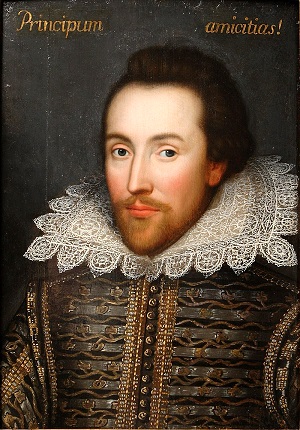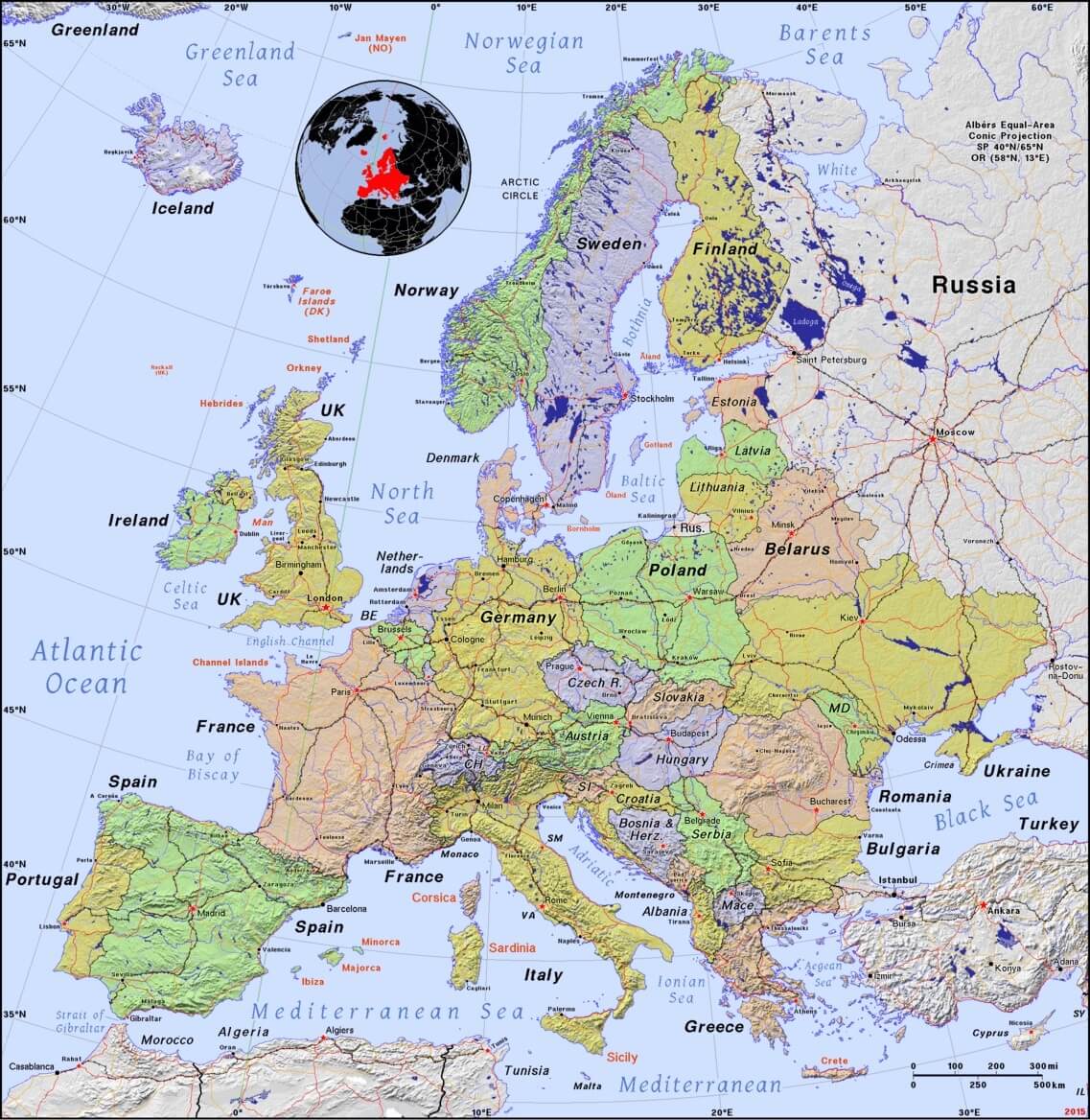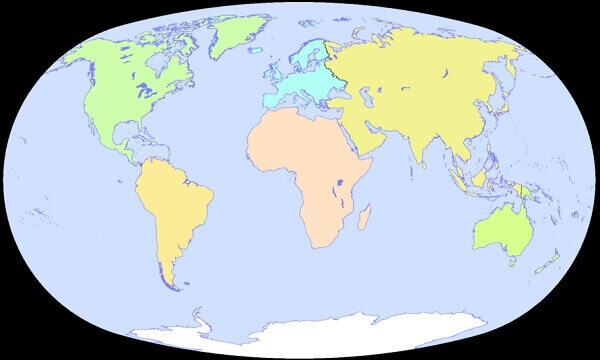Activity 1: Recite the Story Information
- Before and after reading or listening to the story, recite aloud the title and author of the play.
Activity 2: Narrate the Story
- After reading or listening to the story, narrate the events aloud in your own words.
Activity 3: See the Playwright and Poet William Shakespeare
- Study the controversial 'Cobbe portrait' below, which may be a real-life portrait of Shakespeare.
- The portrait contains the Latin phrase 'Principum amicitias!' which means 'The alliances of princes!'
Activity 4: Map the Play
- The play takes place in the country of Scotland. Find Scotland (UK - Northern Part of Larger Island) on the map of Europe.
- In the story, English soldiers march on Dunsinane Hill. Find England (UK - Southern Part of Larger Island) on the map of Europe.
- Also in the story, Generals Macbeth and Banquo defeated a Norwegian King. Find Norway on the map of Europe.
- Point to the locations of Scotland, England, and Norway on the map of the world.
Activity 5: Can You Find It?
During the week, zoom in to study the painting, 'Macbeth Seeing the Ghost of Banquo,' by Théodore Chassériau. Find the following:
- Macbeth
- A King's Crown
- Ghost of Banquo
- Lady Macbeth
- Banquo's Killer
- Someone Who Goes Mad
- Goblets
- Plates
- Flowers in Vase
- Torches
Activity 6: Build the Sets

- Color, cut out, and laminate the set items on pages 31-32 of 'Fourth Grade Shakespeare Theater Pages.'
- Practice arranging the scenes in your theater.
Activity 7: Study the Order of Events

- Print and cut out Group A of events on page 33 of 'Fourth Grade Shakespeare Theater Pages.'
- Using what you know from reading the story, arrange the events in the correct order.
- Glue the group of ordered events to a piece of construction paper.
- Repeat for groups B-C on pages 34-35 of 'Fourth Grade Shakespeare Theater Pages.'
- Keep these event orderings for the next activity.
Activity 8: Act Out the Events
- Use the event orderings from the prior activity, the theater, the laminated characters, and the sets, to act out each group of events.
- The instructor reads aloud events from group A.
- Children build the appropriate set, add necessary characters, and act out the event, moving the characters and inventing their own dialog.
- Repeat for groups B-C.
 Beautiful Stories from Shakespeare II
Stories from Shakespeare II
Beautiful Stories from Shakespeare II
Stories from Shakespeare II

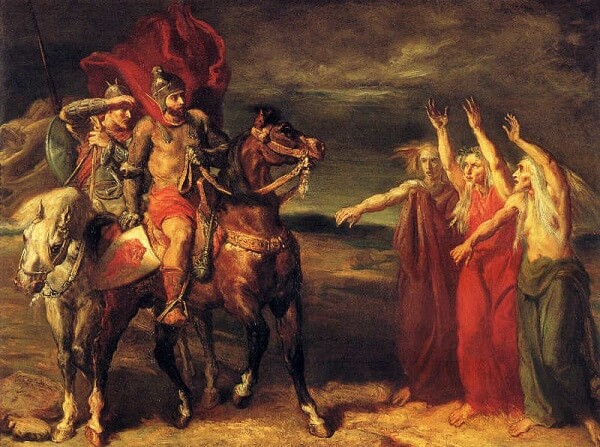
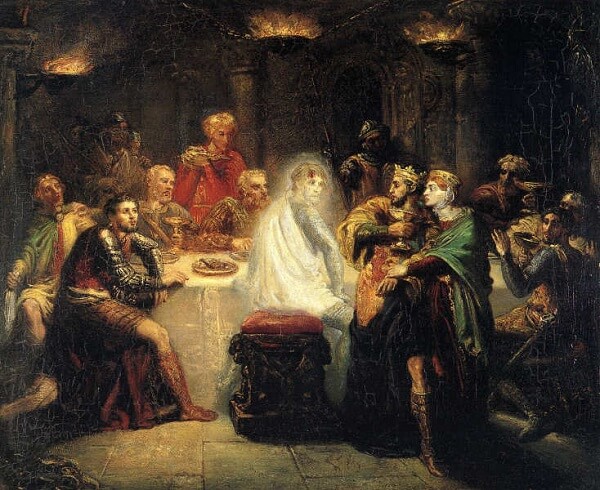
 Beautiful Stories from Shakespeare II
Stories from Shakespeare II
Beautiful Stories from Shakespeare II
Stories from Shakespeare II

